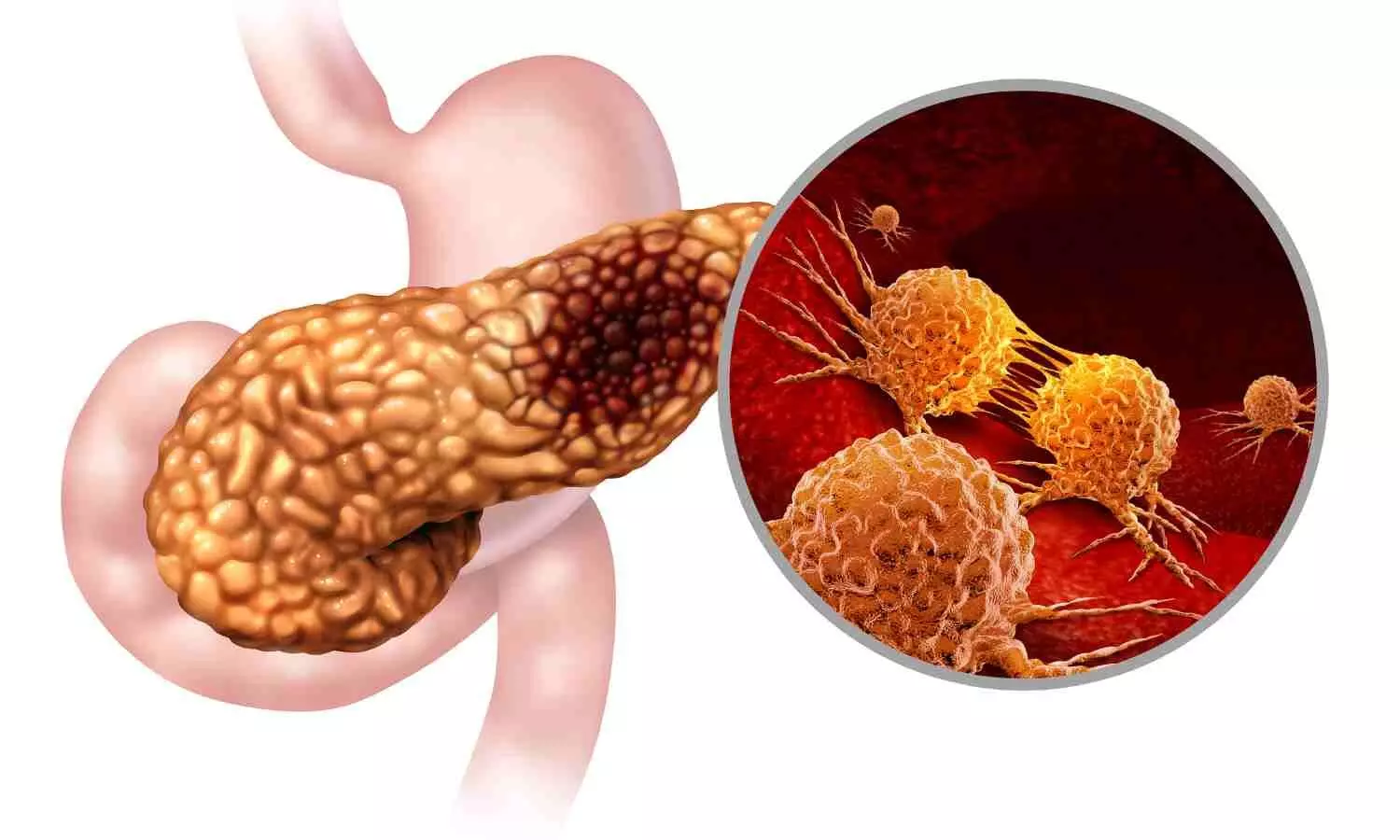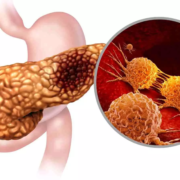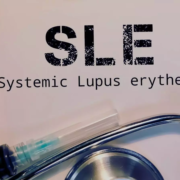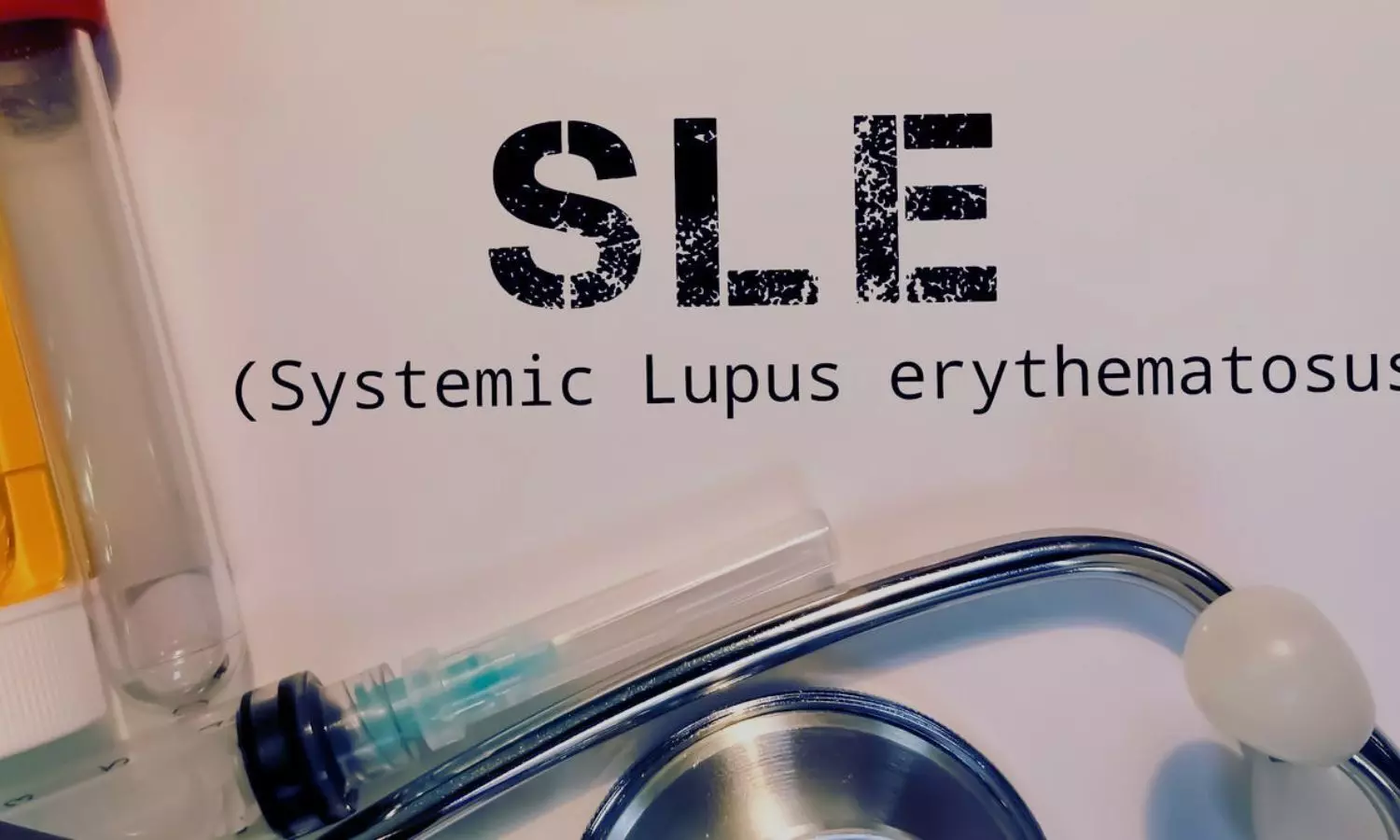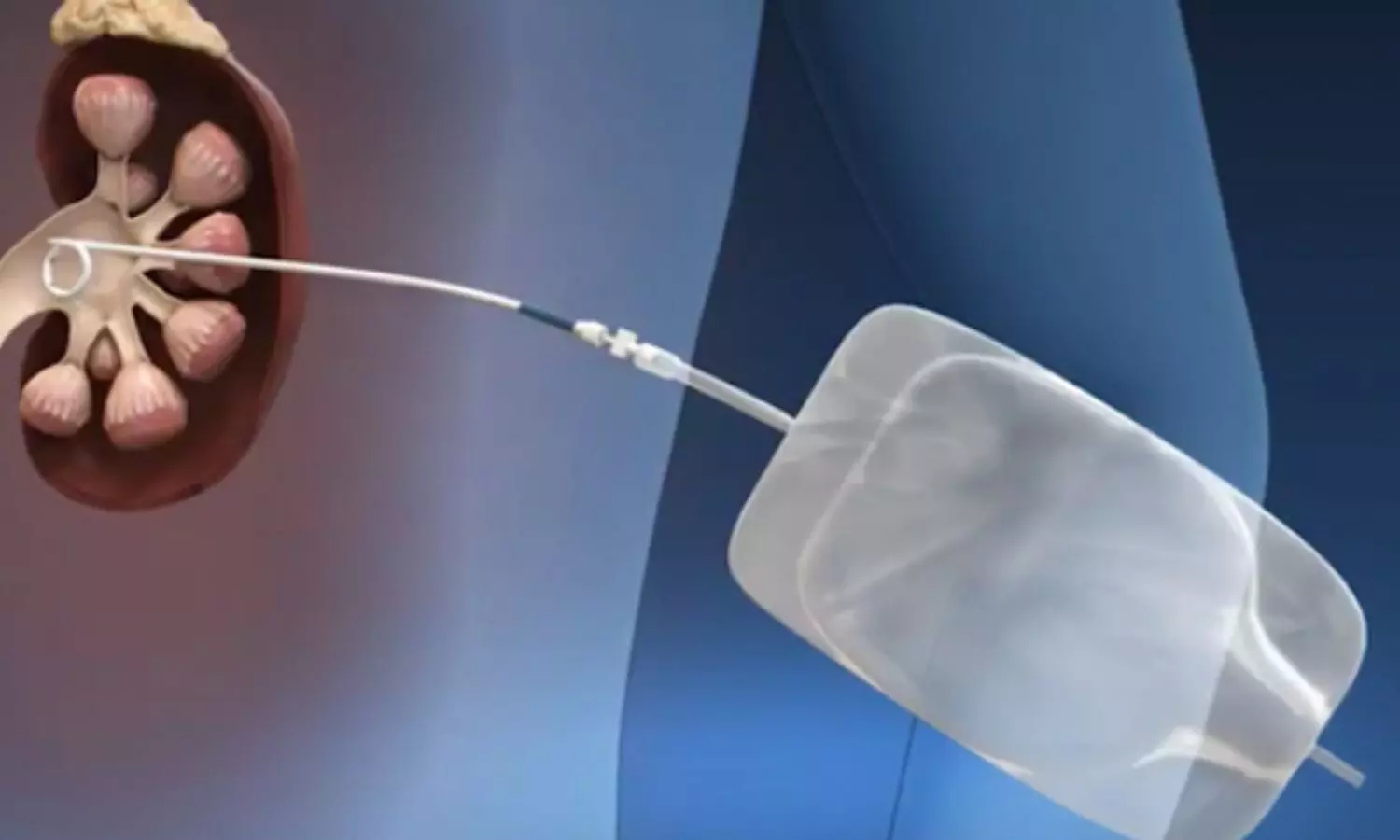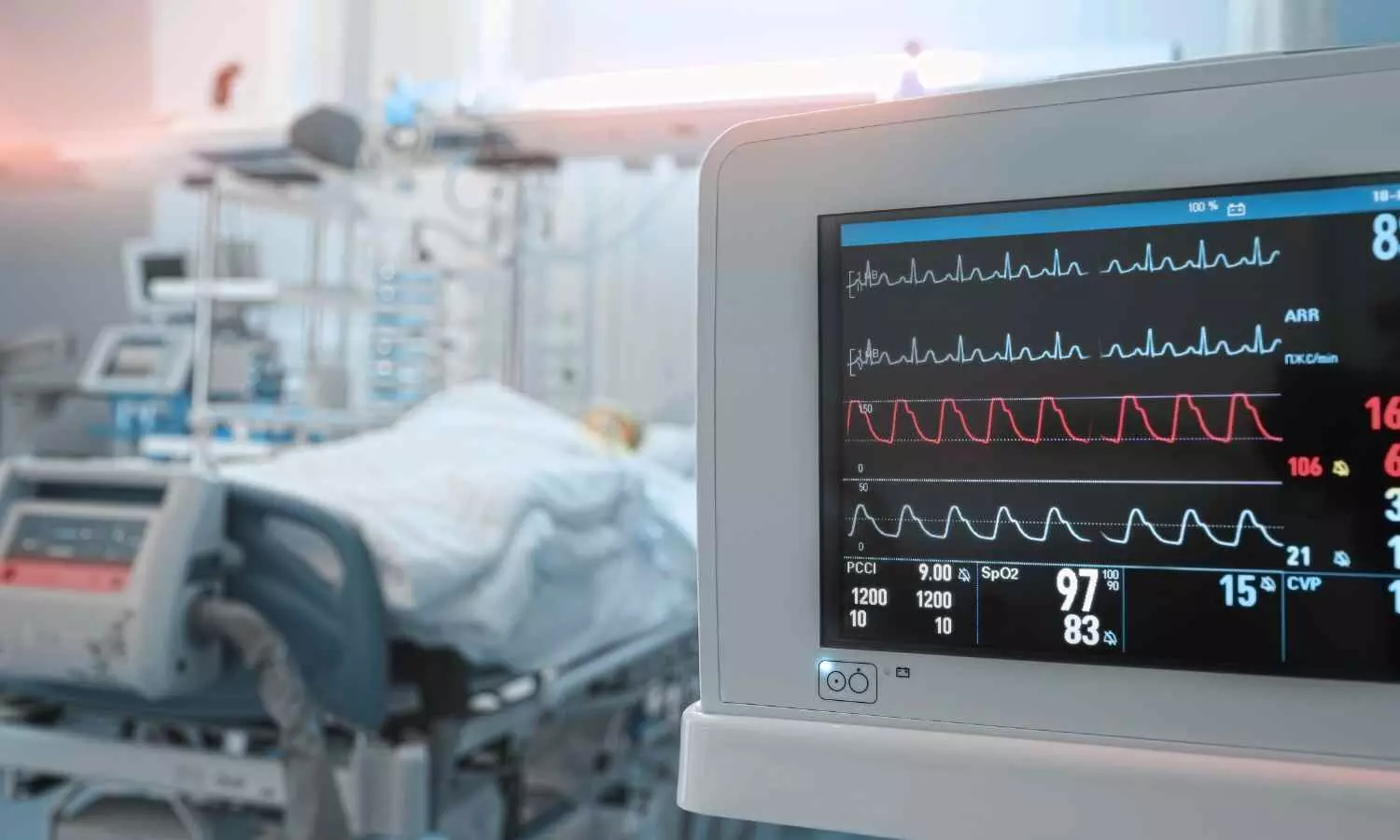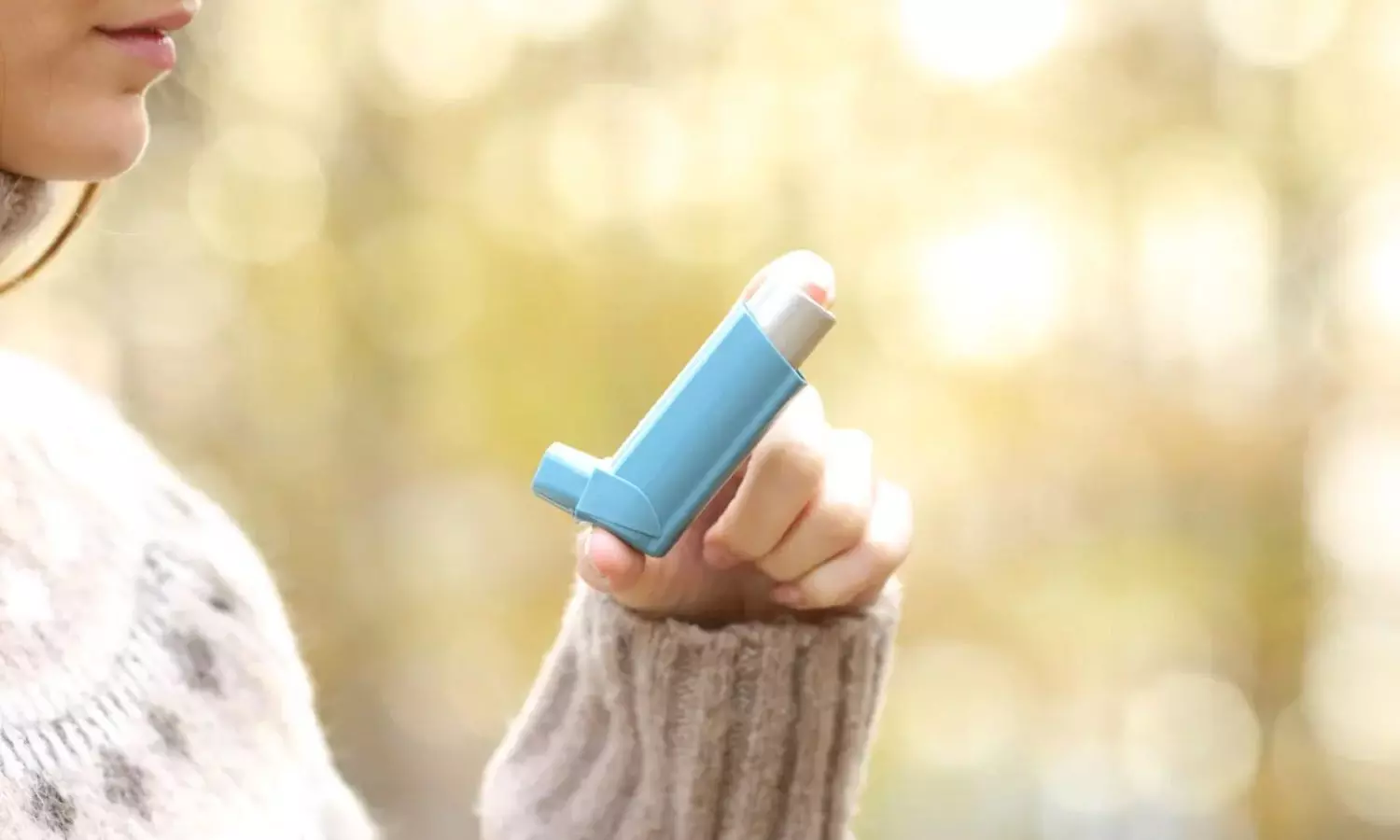
The current expectation is that every ovulatory menstrual cycle will have a luteal phase (the time from egg released until the next flow) that lasts approximately 14 days. It is simple, ovulation covers half of the expected, classical 28-day menstrual cycle. That fits with another current concept, “All regular month-apart menstrual cycles are ovulatory.”
“We discovered a wide variety of luteal phase lengths, even in healthy premenopausal women who needed two cycles in a row that were both of normal cycle length and ovulatory in order to join the original study,” said this study’s first author, Sarah Henry, BSc (hons), MD, now in her University of British Columbia family practice residency who did this research as a medical student. “Although the luteal phase was not predictable in length, it was usually less variable than the follicular phase.”
The findings, just published in Human Reproduction, show that the luteal phase is quite variable. It was documented using the validated Quantitative Basal Temperature© (QBT©) method. By QBT©, a normal luteal phase length is ≥10 days; short luteal cycles are <10 days.
“This year-long study is a rare one examining within-woman follicular phase and luteal length variabilities,” said Sonia Shirin MD, MHSc, CeMCOR research associate and co-author who worked with Dr. Henry on statistical analyses. “We studied 53 healthy women’s cycles over about a year; all had at least 8, and an average of 13 menstrual cycles.”
“An amazing thing is that, despite rigorous screening, only 6 of 53 women (11%) had normally ovulatory cycles the whole year,” said Azita Goshtasebi, MD, MPH, PhD, CCFP, co-author and family physician as well as woman’s public reproductive health expert. “Fifty-five percent of women across the study year had more than one short luteal phase in an ovulatory cycle.”
Does it matter if the luteal phase is short?
Yes. A meta-analysis CeMCOR published in 2014 (Li D, Epidemiol Rev) showed there was bone loss in those with more short luteal phase ovulatory and anovulatory cycles compared with those having more normally ovulatory cycles over a year, even if all cycles remained month-apart. It is also likely that short luteal phase cycles, as well as those without ovulation, are related to trouble becoming pregnant.
“I wish I had known that my perfectly regular, month-apart menstrual periods might have hidden silent ovulatory disturbances that could make fertility difficult for me,” said Sophia Park, MD, FRCPC, MBA, associate clinical professor in Pathology and Laboratory Medicine at the University of British Columbia with the lived experience of infertility.
“It is important to know about our own ovulation and luteal phase lengths. Why? Because increasing evidence says that estrogen, a powerful growth stimulator, needs to be counterbalanced. Progesterone decreases proliferation while encouraging cells to become more well-developed and specialized,” reported senior author, Jerilynn C. Prior, BA, MD, FRCPC, professor of endocrinology at the University of British Columbia.
The researchers say this new information about the variability of the luteal phase lengths is important for two reasons:
1. We cannot assume month-apart menstrual cycles mean ovulation or normal-length luteal phases
2. Women need to know about ovulation both for health and fertility.
Reference:
Sarah Henry, Sonia Shirin, Azita Goshtasebi, Jerilynn C Prior, Prospective 1-year assessment of within-woman variability of follicular and luteal phase lengths in healthy women prescreened to have normal menstrual cycle and luteal phase lengths, Human Reproduction, 2024;, deae215, https://doi.org/10.1093/humrep/deae215.
